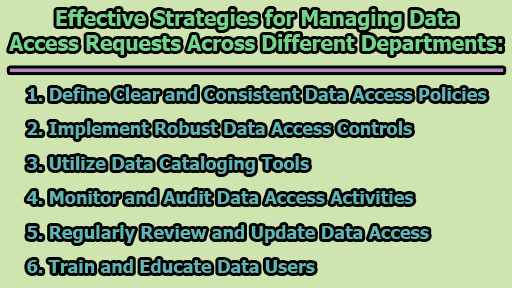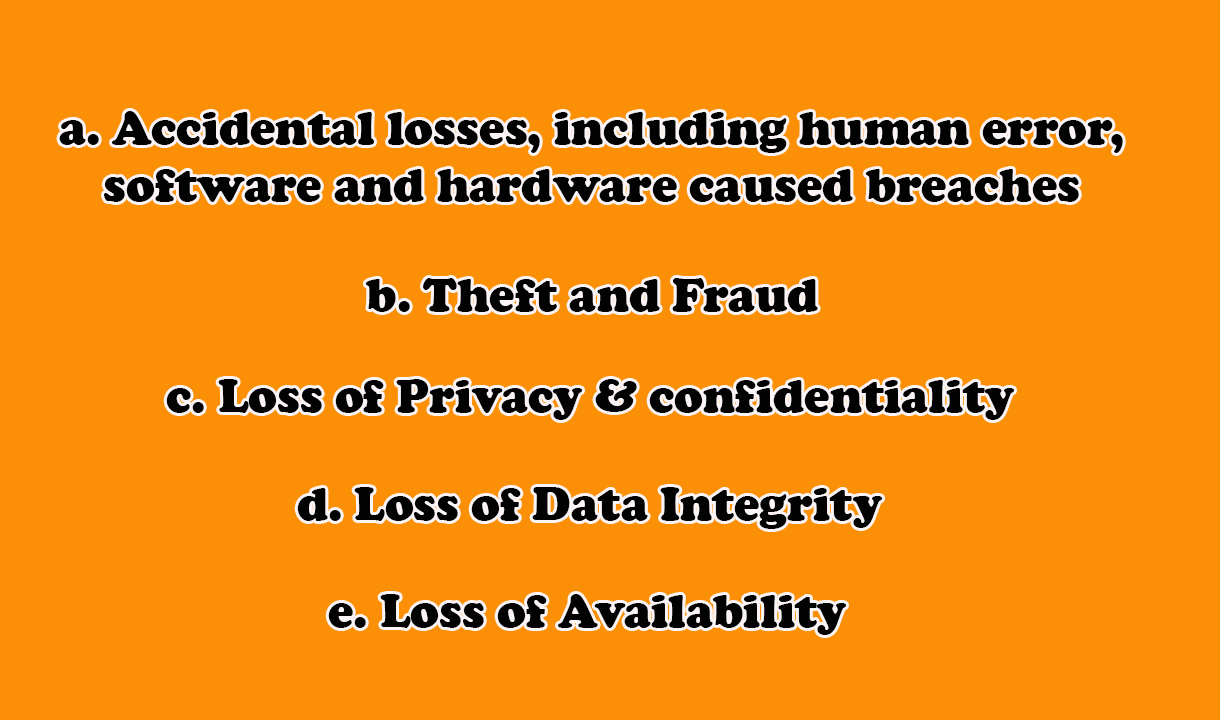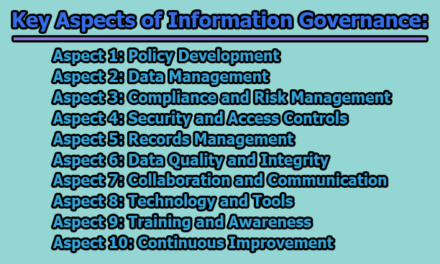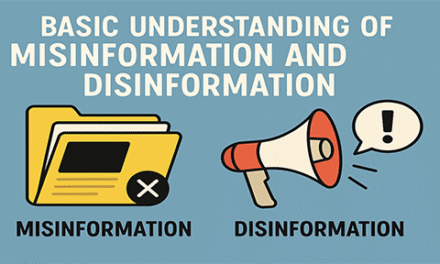Effective Strategies for Managing Data Access Requests Across Different Departments:
Data is undeniably one of the most valuable assets for any organization, driving informed decision-making and fostering innovation. However, with this value comes the challenge of managing data access requests from different departments. Striking a balance between providing the necessary access for efficient operations and safeguarding security, privacy, and compliance is crucial. In this article, we will delve into six effective strategies for managing data access requests across different departments.
1. Define Clear and Consistent Data Access Policies: Clear and well-defined data access policies are the cornerstone of effective data access management. These policies serve as the guidelines that dictate who within an organization can access specific data, the purposes for which access is granted, and the conditions under which such access is permissible. They go beyond a mere listing of permissions and delve into the roles and responsibilities of different stakeholders in the data access process, including data owners, data stewards, and data users.
In the process of defining data access policies, organizations must ensure alignment with the overarching goals, values, and legal obligations of the organization. This alignment ensures that data access is not only secure and compliant but also contributes to the strategic objectives of the organization. Clear communication of these policies across all departments is imperative. This involves not only disseminating the policies but also ensuring that they are understood by all relevant personnel.
Furthermore, data access policies should outline the processes and procedures for requesting, granting, reviewing, and revoking data access. By establishing a structured framework for these activities, organizations can ensure consistency and transparency in how data access is managed. This includes specifying the criteria that must be met for a data access request to be approved, the individuals responsible for approving or denying requests, and the mechanisms for periodic reviews to assess the ongoing validity of granted access.
2. Implement Robust Data Access Controls: Once clear data access policies are in place, the next critical step is the implementation of robust data access controls. These technical mechanisms serve as the enforcement arm of the policies, regulating how data is stored, transmitted, and used within the organization. Key components of data access controls include authentication, authorization, encryption, auditing, and logging.
Authentication ensures that only authorized individuals gain access to the organization’s data systems. This involves the use of secure login credentials, multi-factor authentication, and other identity verification measures. Authorization, on the other hand, focuses on specifying what actions an authenticated user is allowed to perform within the system. Adopting the principle of least privilege ensures that users are granted the minimum level of access necessary to fulfill their specific roles and responsibilities.
Encryption is a vital aspect of data access controls, ensuring that sensitive data remains protected, even if unauthorized access occurs. By converting data into a secure code that can only be deciphered with the appropriate decryption key, encryption safeguards against data breaches. Additionally, auditing and logging mechanisms track and record data access events. Regularly reviewing these logs allows organizations to monitor for unusual or suspicious activities, enabling early detection of potential security threats.
Flexibility and scalability are essential considerations when implementing data access controls. These controls must be adaptable to changing data needs and environments, accommodating the evolving nature of an organization’s data landscape.
3. Utilize Data Cataloging Tools: To streamline the data access request process, organizations can benefit significantly from the use of data cataloging tools. These tools are software applications designed to create and maintain a centralized metadata repository of an organization’s data sources, sets, elements, and relationships. In addition to serving as a comprehensive data inventory, data cataloging tools offer functionalities such as data profiling, quality assessment, data lineage tracking, governance, and collaboration.
Data cataloging tools facilitate the organization and discovery of data assets, making it easier for data users to find the specific datasets they need. This is particularly valuable in large organizations where numerous datasets may exist across various departments. Users can search, filter, and request access to data through intuitive interfaces provided by these tools, streamlining the entire data access request process.
Moreover, data cataloging tools play a crucial role in enforcing data access policies. They provide the necessary metadata for data owners to make informed decisions when approving or rejecting access requests. By leveraging the metadata stored in the catalog, data owners can assess the relevance, sensitivity, and compliance of the requested data access, ensuring that it aligns with established policies.
Subsequently, data cataloging tools enhance the efficiency of managing data access requests by centralizing metadata, providing a user-friendly interface for data discovery, and enabling data owners to make informed decisions based on the organization’s data policies.
4. Monitor and Audit Data Access Activities: Effective management of data access requests doesn’t end with the implementation of policies and controls; it requires ongoing monitoring and auditing of data access activities. This step is crucial for ensuring that the established data access policies and controls are functioning effectively and that the organization’s data is being used responsibly and in compliance with regulations.
Monitoring data access involves real-time tracking of activities such as who accessed what data, when, where, how, and why. Organizations can employ various tools, including dashboards, reports, alerts, and logs, to capture and analyze these data access events. Regularly reviewing these logs allows for the identification of patterns or anomalies that may indicate potential security risks or unauthorized access.
Auditing data access goes beyond real-time monitoring and involves a retrospective examination of historical data access events. This process helps organizations establish a comprehensive understanding of how data is being utilized over time. It also provides valuable insights for refining and improving data access policies and controls based on past experiences and lessons learned.
By systematically monitoring and auditing data access activities, organizations can proactively detect and prevent data breaches, unauthorized access, or misuse. This not only enhances the overall security posture but also contributes to maintaining the integrity and confidentiality of sensitive information.
5. Regularly Review and Update Data Access: Recognizing that data access is a dynamic and evolving process is crucial for effective data management. As the organization’s data needs and environments change, it becomes imperative to regularly review and update data access policies and controls.
Periodic reviews ensure that data access policies remain aligned with the current and future state of the organization’s data landscape. This involves evaluating whether the existing policies adequately address new data sources, changing business processes, or emerging technologies. Additionally, organizations must stay abreast of any new or evolving regulations and standards that may impact data access requirements.
Updating data access controls is equally important. The flexibility and adaptability of these controls should be assessed regularly to accommodate the changing needs of the organization. This may involve adjusting user permissions, revising encryption protocols, or enhancing authentication mechanisms to address emerging security threats or technological advancements.
Simultaneously, organizations should review and update individual data access requests to ensure their continued validity and relevance. Any unnecessary or outdated data access privileges should be promptly revoked to minimize security risks and maintain a lean and secure access structure.
6. Train and Educate Data Users: The final step in the effective management of data access requests involves training and educating data users. While data users are essential stakeholders and beneficiaries of data access, they also play a crucial role in mitigating data risks. Therefore, organizations should invest in comprehensive training programs and educational initiatives to ensure that data users understand and adhere to best practices and expectations related to data access.
Workshops, webinars, manuals, guides, and feedback mechanisms can be employed to educate data users on a range of topics. This includes understanding data policies, navigating data access controls, utilizing data cataloging tools, appreciating the importance of data monitoring, participating in data access reviews, and adhering to ethical considerations surrounding data use.
Training programs should not only focus on the technical aspects of data access but also emphasize the broader implications, such as the consequences and responsibilities associated with data access. By fostering a culture of data responsibility and accountability among data users, organizations can significantly reduce the likelihood of inadvertent data breaches or misuse.
Consequently, training and educating data users are pivotal steps in building a robust data access management framework, ensuring that all stakeholders are equipped with the knowledge and skills necessary to navigate the organization’s data environment responsibly and in accordance with established policies and controls.
In conclusion, effectively managing data access requests across different departments is a multifaceted challenge that requires a systematic and proactive approach. By defining clear data access policies, implementing robust access controls, utilizing data cataloging tools, monitoring and auditing data access activities, regularly reviewing and updating access, and educating data users, organizations can strike the delicate balance between providing access and ensuring security, privacy, and compliance. Embracing these strategies empowers organizations to harness the full potential of their data while mitigating risks associated with improper access and usage.

Assistant Teacher at Zinzira Pir Mohammad Pilot School and College










